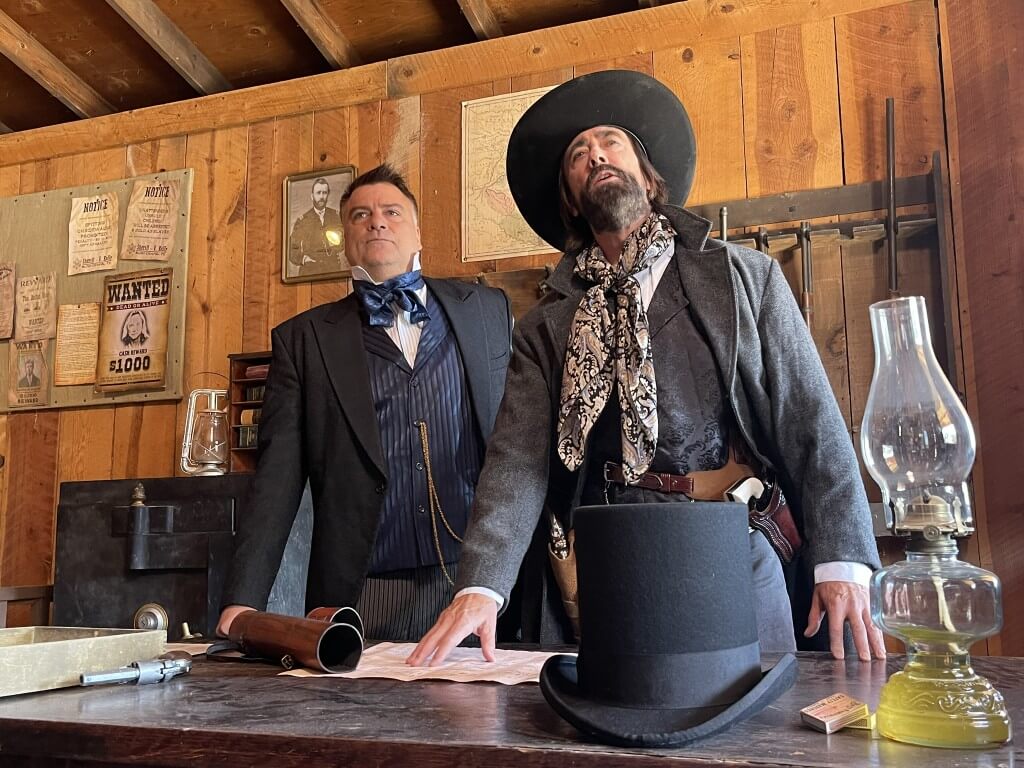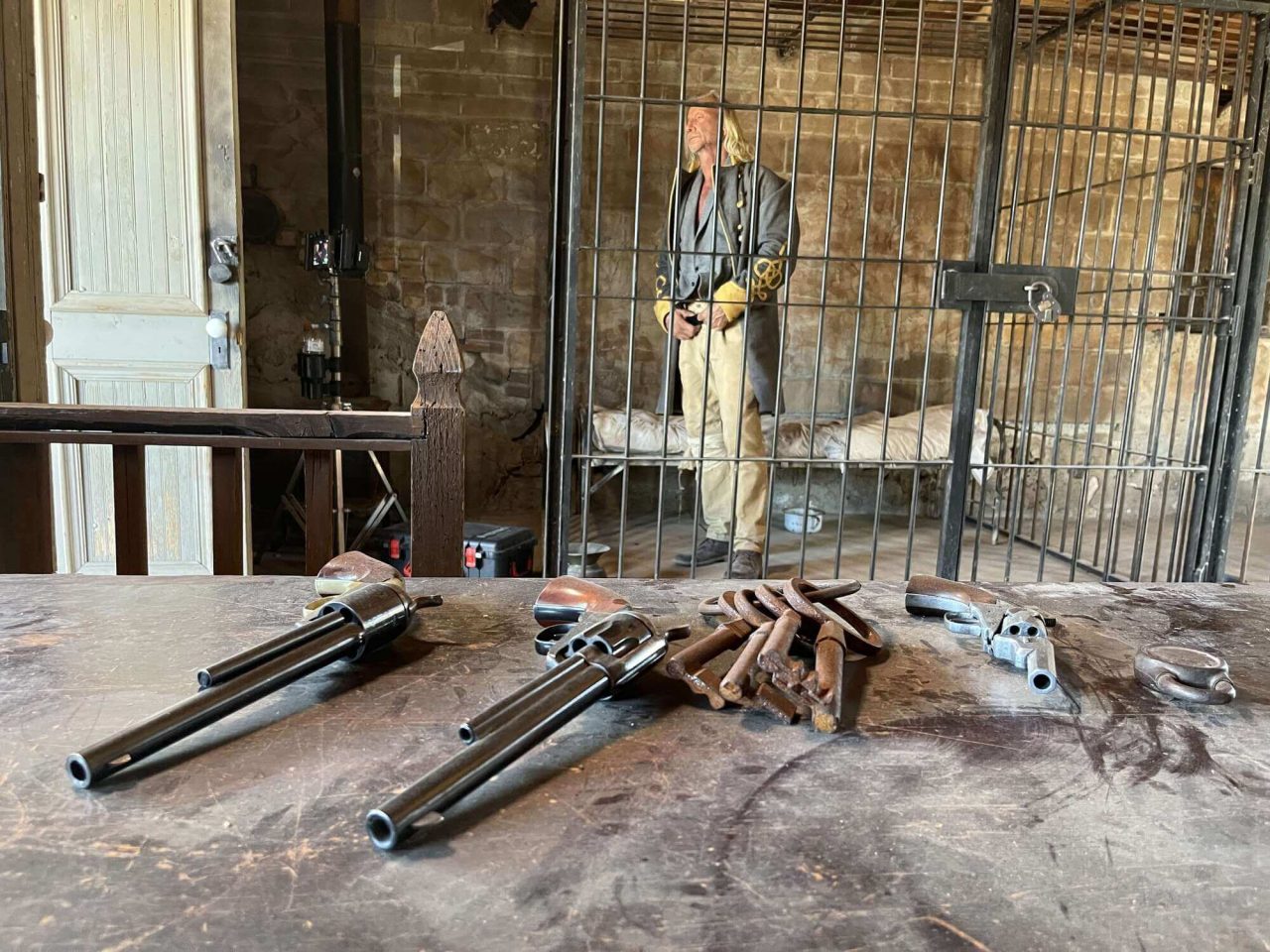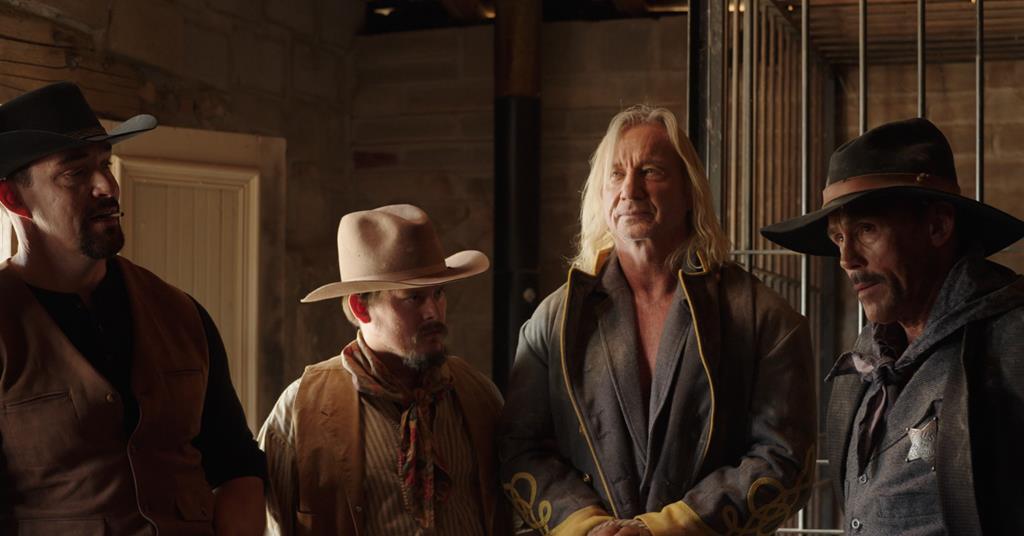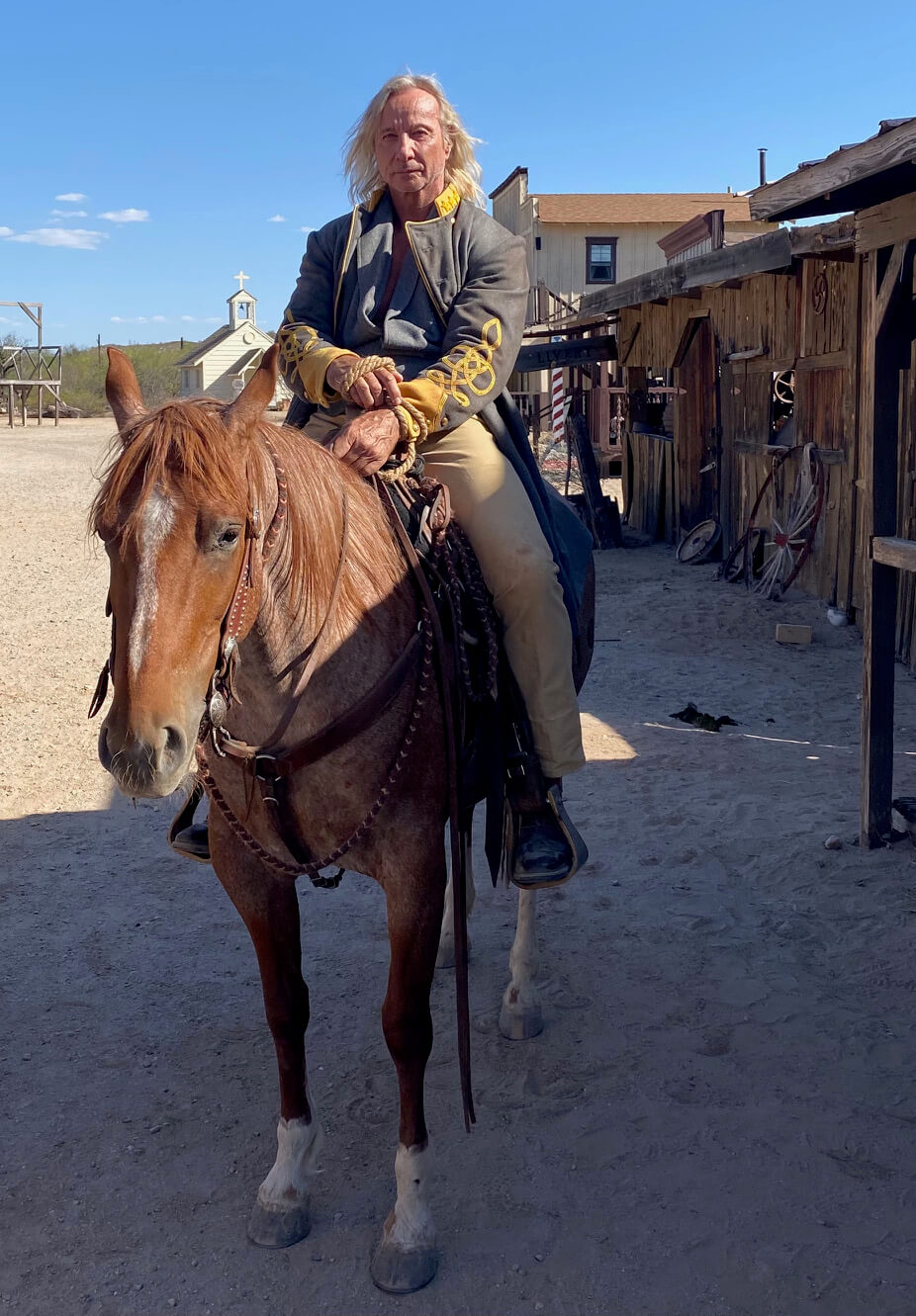During last years we see how different filmmakers try to restore the western genre in cinema, bringing back the time of heroes adventure on the American frontier with whistling wind over the hot desert sand.
Here are some of them:
- Hostile Territory with Matt McCoy
- Catch the Bullet with Jay Picket
- Dead for a Dollar with Christoph Waltz
- Power of The Dog with Benedict Cumberbatch
- Old Man with Nicholas Cage.
Nowadays westerns are not like the ones of the earliest that actually had a script, a decent budget, and some big-name actors like Gary Cooper, Clint Eastwood or Lee Van Cleef.
And they not like westerns of the 90s such as Young Guns, Tombstone, The Quick and The Dead, or even of the 2000s such as 3:10 to Yuma, Appaloosa or Open Range.
Today, western films are made by true fans of a genre and mostly serve like a tribute to good old times without wires, superpowers, and exploding buildings.
Gunfight at Rio Bravo is a story of General Turchin who arrived and settled down in a small town where one day two Marshals deliver a dangerous criminal waiting for a deadly warrant. Eventually he has to aid a marshal and a sheriff in a standoff with a bloodthirsty outlaw gang known as The Hellhounds.
The film has everything that this kind of a movie should: taciturn hero, old and skilled sheriff, the main villain waiting in the town’s jail for his gang to save him, scarred citizens, and a group of brave men ready to protect the town.





One of the marshals played by Olivier Gruner known to many by his roles of kickboxer in Savate and The Circuit. Now Mr. Gruner mostly plays short roles from time to time while not busy training people as an ex-soldier of French Navy.
Alexander Nevsky plays the lead role of a tired and taciturn hero of the American Civil War who forced to get into the fight against the gang.
Alexander is fan of old school action movies and especially he has a huge respect for Arnold Schwarzenegger. The scene where General Turchin packing up for a gunfight reminded me the Commando film scene where John Matrix was putting together the survival pack on himself ready to smash and burn kidnappers of his daughter. I don’t know if it has been done on purpose…
The climatic duel looks good but the problem is – when two big guys face each other and you see how Matthias Hues going forward Alexander Nevsky you expect to see them dropping pistols and using bare knuckles in the fight of two giants but not a duel of eyes and deadly quick draw.
Joe Cornet and Sam Wilkerson definitely tried to find the better angles and creative tricks, even used aerial drones footage to make this film as good as it can be. And they succeed especially with the gun fights that look engaging and intense.






But… like every movie this one has its downfalls as well.
The whole film looks more like a one-episode TV show watching during weekends to entertain yourself than a full-length movie made in Hollywood for a cinema release.
A huge talent of Matthias Hues is completely wasted again and if you know this actor you will be disappointed to see him just sitting and having a couple of short dialogues. Even third plan actors have more time that the main villain. Only at the end he has a short screen time to shine and show his “bad ass” talent.
The acting of supporting cast is not at the level at all and doesn’t bring any good to the movie.
Overall, if you will switch your brains off and wouldn’t be expecting something special you will enjoy this story filmed by people who know how to make a decent movie with a low budget, especially when they don’t have an option to use Bruce Willis, John Travolta or Mel Gibson as a cameo for a better promotion.

Gunfight at Rio Bravo
January 17, 2023
Cast: Alexander Nevsky, Matthias Hues, Olivier Gruner
When mysterious gunslinger Ivan Turchin rides into a small Texas town, he runs afoul of a bloodthirsty outlaw gang known as The Hellhounds. Outmanned and outgunned, the town must put their trust in Turchin to protect them from annihilation at the hands of the bandits. The gunslinger finds allies in the form of Marshal Austin Carter and Sheriff Vernon Kelly, and together the three must make a desperate stand against impossible and violent odds.







